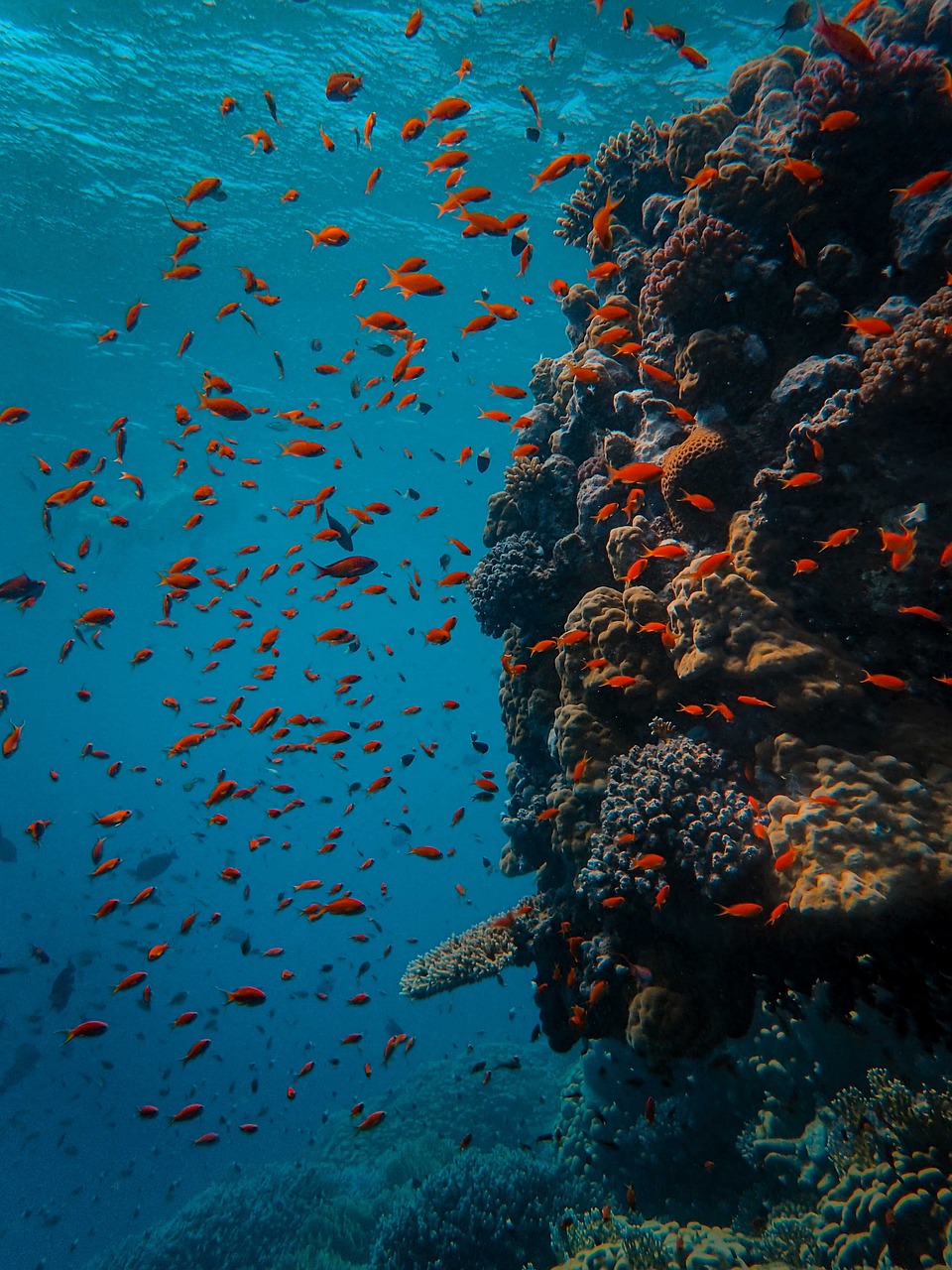Coral bleaching, as you have seen in a previous post, is the greatest threat to the reef ecosystem. Thanks to climate change, it it increasing in both frequency and severity. Reducing greenhouse gas emissions seemed the only possible solution for this problem. But, the global coral cover has reduced to half since the 1950’s. This has changed how coral reefs work.
Countries who are in the front line of climate change like India, Maldives, Australia etc. have a pressing need for coral conservation. Without implementing urgent measures, their financial and social wellbeing might be at stake. At a local scale, one can take actions to improve the reef health. However, to reap maximum benefits out of these actions, they must know about the regional reef system in which these reef systems are embedded.
The Seychelles archipelago
It is a small island hosting 13% (1.4 km2) of the Indian Ocean coral reefs. The main inhabited islands are the Amirantes, Aldabra (outer island), and Farquhar. The entire reef system is heavily damaged due to bleaching and we cannot see light at the end of the tunnel. It is expected to be an annual event in the next few years. Despite the mitigation efforts for reef restoration, we could get a maximum benefit if we understand the connections between these reefs.
For corals that reproduce using external fertilisation, their larvae (babies) can be carried by ocean currents to different regions of the seabed. This allows coral populations from two different areas to become genetically connected. But why is this genetic connectivity required?
- Genetic diversity: maintaining a diversity helps fight against environmental stressors such as climate change, pollution, or diseases
- By exchanging genetic material among populations, one can get better beneficial traits such as adapting to a new environment
- Population resilience: If one population suffers a decline due to a disturbance, individuals from neighbouring populations can migrate and replenish the affected area. This enhances the long term viability of the coral reef
To quantify the degree of connectivity ( quantify the rate of dispersal of larvae), we need the use of population genetics. But, they are expensive and require too many samples for each coral species. Recently, a oceanographic simulation model was developed in order to curb these limitations. However, this too had certain limitations as they did not fully capture the range of physical and biological processes affecting larvae dispersal.
A recent oceanographic model shows limited/negligible connectivity between the inner and outer islands of Seychelles.
By negligible connectivity, we understand that the two islands are relatively isolated and their chances of larvae dispersal are grim. The Outer Islands, like Aldabra Atoll, may have experienced less impact from bleaching events compared to the Inner Islands. Therefore, if there was significant connectivity, the Outer Islands could serve as a source of resilient larvae (baby corals) for the Inner Islands, helping them recover from bleaching events.
The researchers doubt the negligible connectivity. Because the model used in the study has limitations, such as coarse spatial resolution and simplified assumptions about larval behaviour. Therefore, while the model suggests low connectivity between Aldabra Atoll and the Inner Islands, the actual extent of connectivity remains uncertain.
Current study
To get a better understanding of the situation, researchers made direct measurements of genetic connectivity using Portis lutea as a model organism. This model was chosen as it was resistant to bleaching and are the most dominant species in the Seychelles reef.
They performed a genome wide SNP analysis to:
- check for the degree of admixture between the inner and outer islands- This refers to the extent to which genetic material from different populations has mixed or intermingled. Genetic admixture can occur when individuals from different populations interbreed and produce offspring with genetic material from both populations
- Check for the extent of gene flow among the reef sites
The SNP analysis was followed by a 2km long ocean simulation coupled with marvel dispersal model.
The researchers also applied two different approaches: empirical (direct observation) and modelling (observing through simulations). They checked if these two approaches gave the same results. This was a way to assess if oceanographic simulation was a reliable and effective method to be used for connectivity mapping along with genomic studies.
What did they find out?
They discovered a coral superhighway which connects different reefs across the vast Indian oceans. Genetic analysis coupled with oceanographic simulation found that corals far apart shared a common genetic structure. How is this possible? It could mean that the larvae was getting drifted away to far off places through the ocean current. This is promising as it can give coral reefs a chance to replenish and rejuvenate their corals.
Also, some corals which were centrally located could bridge the gap between different corals. This phenomenon is called the stepping stone dispersal.
This was the genetic analysis part. Coming to simulation studies, they have developed an app to help us visualise dispersal patterns of larvae. This can help policymakers and conservationists identify specific larval sources for their targeted protection and restoration.
This way, they have identified the status of each coral and how they can help restore and replenish the reef.
To know about this study in detail, click here.
Despite the fact that this superhighway came as a ray of hope, one still still cannot deny the fact that we should work on reducing carbon emissions.


Thanks for sharing!